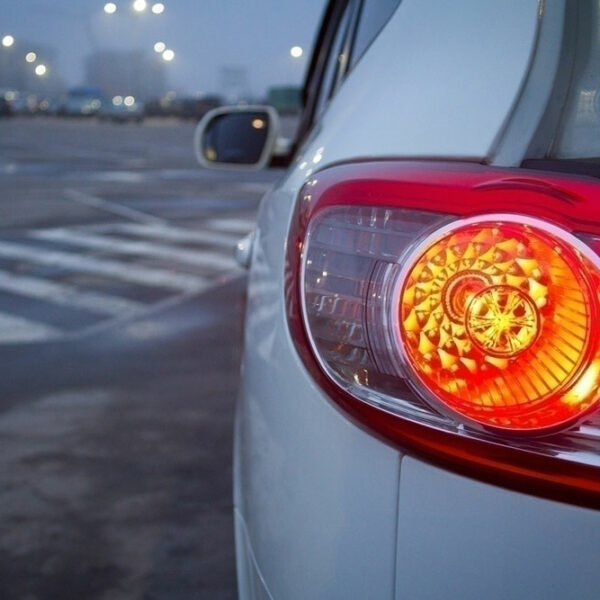Key Things to Know About Vehicle Recalls
Vehicles can be recalled from time to time. This is usually brought on by either automakers or the government identifying a safety risk in the vehicle. So, such recalls are essentially a way of ensuring the vehicles in the market adhere to certain safety and sustainability norms. Often, recalls could be the outcome of users’ complaints to automotive regulatory bodies about issues in their vehicles. Here is what one should know about vehicle recalls:

How do vehicle recalls work?
Often, automakers voluntarily initiate recall upon noticing a safety issue. While recalls may seem to be unwelcome for manufacturers, initiating and handling a massive number of recalls in an efficient and brisk manner helps automakers avoid lawsuits, ensure public safety, and often redeem themselves. However, sometimes, owners of a specific vehicle may inform the authorities about issues in a vehicle. For instance, they could notice ignition issues that could be life-threatening and post a complaint on the official government website. In this case, here is what happens next:
Research phase: The authorities may take action after noticing trends and patterns of such issues. They may look into the issue and, in many instances, test randomly selected models of that vehicle to confirm the issue for themselves. Bodies such as the National Highway Traffic Safety Administration (NHTSA) use information related to foreign recalls, nationwide vehicle insurance-based details, federal crash records, and other data before initiating a formal investigation into the issue.
Preliminary evaluation: After inspecting the issue, the regulatory authorities conduct a preliminary evaluation. The authorities begin by asking the vehicle manufacturer to submit information about the vehicle, specifically regarding the supposed defect. Then, a team of experts will be assigned to examine potential defects. This process can take anywhere from 4 months to even over a year, depending on how extensive the evaluation needs to be for acceptable outcomes.
Engineering analysis: This is where things become really technical and serious. If the NHTSA confirms the issue, it will rely on the data from the experts to probe the vehicle manufacturer for more information. All the details are added to the case report, which paints a crystal clear picture of the supposed problem with a vehicle that is already being driven by thousands, if not millions. The analysis can take up to 3 years.
Recall: Manufacturers need to be prepared with their own explanation of the issue, and if they are found to be in the wrong, then the recall process is initiated based on the instructions of regulatory authorities.
Recent recalls
Although many manufacturers have had to recall vehicles over the years, here are a few key examples to understand vehicle issues prompting a recall in the recent past:
1. Kia recalls
Kia recalled as many as 427,000 of its Telluride SUVs as they all faced a common, and quite peculiar, problem—parked SUVs tended to roll off the road instead of resting in their parking spots. Certain SUV models sold by KIA from 2020 to 2024 came with an intermediate shaft and right front driveshaft that were unable to engage fully, causing parked vehicles to roll away from their parking spots. This was a major safety risk for the vehicle itself, other vehicles on the road and parking areas, public property, and pedestrians. Although no injuries or crashes were reported, Kia America was compelled to initiate recalls for nearly half a million SUVs it built to fix the issue.
2. Subaru Outback recalls
Subaru’s Outback station wagons and Legacy sedans built from 2020 to 2022 had a major safety issue: the passenger airbags would not open in case of a crash. This technical glitch can cause massive injuries and even life loss for vehicle owners in accidents. The mounting complaints and regulatory pressure forced the manufacturer to recall over 118,000 Outback station wagons and Legacy sedans to make the necessary repairs and fix the issue once and for all. Further studies found that this issue was caused by the vehicles’ defective occupant detection sensors (ODS), which simply would not relay information from the movement receptors to the mechanical airbag panels. This would cause the passenger airbags to not go off even in severe crashes. Subaru recalled the vehicles and replaced the faulty sensors with new, improved, and fail-safe ones that would work no matter the circumstance.
3. Hyundai recalls
Hyundai had to recall select models of its Ioniq and Genesis vehicles. The Hyundai safety recalls were initiated due to a faulty Integrated Charging Control Unit (ICCU) in the vehicles. The ICCU could get damaged and stop charging the vehicle’s 12-volt battery. This, in turn, would result in a loss of drive power (sometimes in the middle of the road), increasing the possibility of crashes. Hyundai recalled more than 98,000 of its vehicles that had this issue. This was major news in the automotive world as it affected Hyundai’s reputation in the market to a certain extent. However, the automaker acted quickly, recalling vehicles and fixing the issue promptly in order to prevent crashes and casualties. The recall process is underway.





